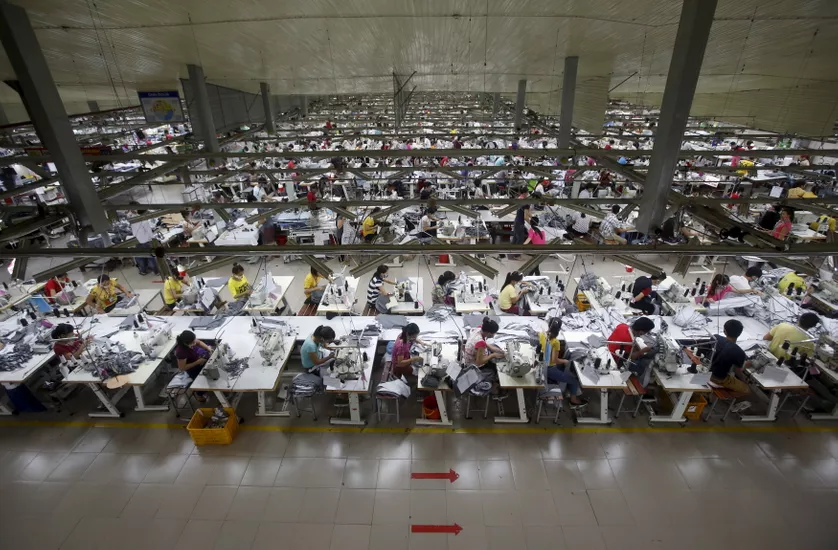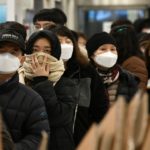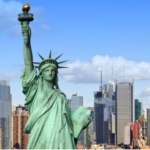
Euro 2020 from stadiums to factories in Asia
Nike and Adidas compete mercilessly to be official sponsors of national teams, clubs and soccer players. Amounts soar without affecting profits. Solution: produce as cheaply as possible. After Asia, robots seem to be the Euro 2020 is a good opportunity to discuss the brands that sponsor the teams, their fierce competition to win these contracts and their economic model.
Adidas, Nike, Puma, the three companies that dominate the sector, have an exciting industrial history. The report of the Ethical Collective on the label, which will be discussed below, provides an enlightening summary in its first pages (12 to 16).
Always at the forefront of innovation …
Product innovation first. It was two German brothers in the 1920s who invented the first sports shoe. After the war, they will quarrel and create two forever competing companies: Puma and Adidas.
Innovative, they are also innovative in communication methods. They were the first to sponsor teams and athletes in the 1960s. It was then that Nike was born in the United States.
Nike innovates in production. It is one of the first western companies to produce in Asian countries at low cost. She is also the first to be the subject of an international outrage campaign after the publication, on the front page of Life magazine, of a photo showing a child sewing a pair of basketball shoes. It was in 1996.
As recognized by its CEO at the time, Nike had become synonymous with the “slave wage”. The company might not have recovered, but it did it again by innovating and creating the concept of “responsible production”, (see here its last S ustainable business report ) and the codes of good pipes. Today all clothing brands have their virtue, often displayed more than real, of their virtue.
I know something about doing the investigation in Bangladesh. While he is still listening, I highly recommend Made In Bangladesh, the real price of our clothes , a 30-minute report + 15 minutes of debate + an interactive infographic on the breakdown of the costs of a tee- shirt I made in 2014.
You will also notice that sports brands have not been splashed by the Rana Plaza collapse scandal. Perhaps because they were ahead of other companies on the precautions to take in these countries. You will find an abundance of literature (in English) on the debates at Nike to know whether or not to produce in Bangladesh. Here in French: How Nike Solved Its Sweatshop Problem.
Problem not entirely resolved, however, since Nike is regularly the subject of campaigns and illustrations of its poor production methods.








